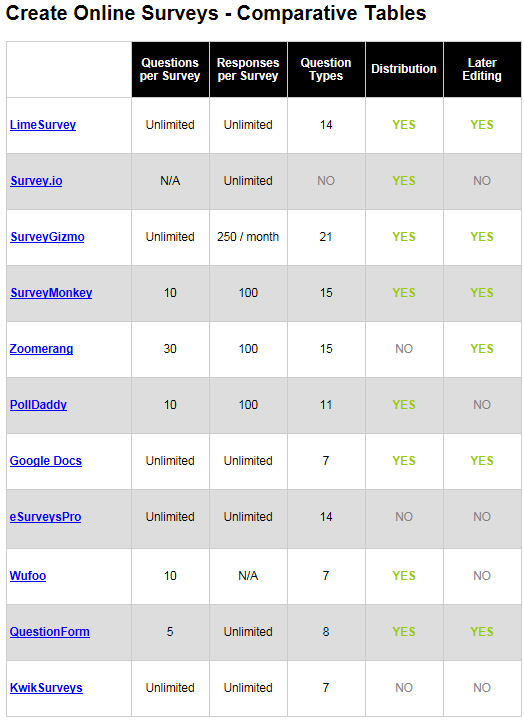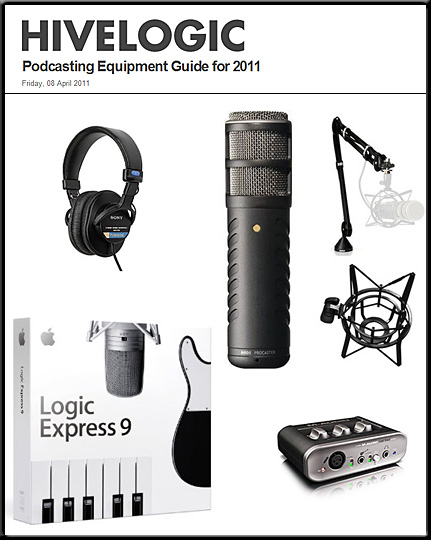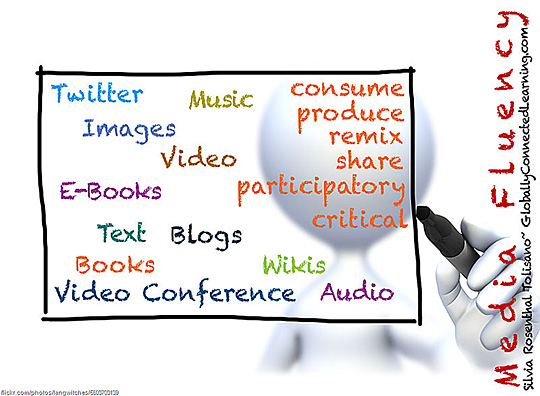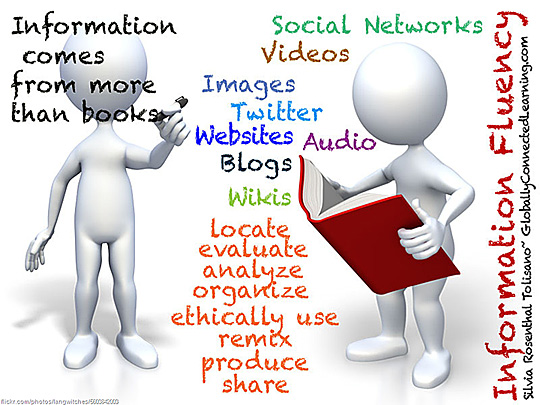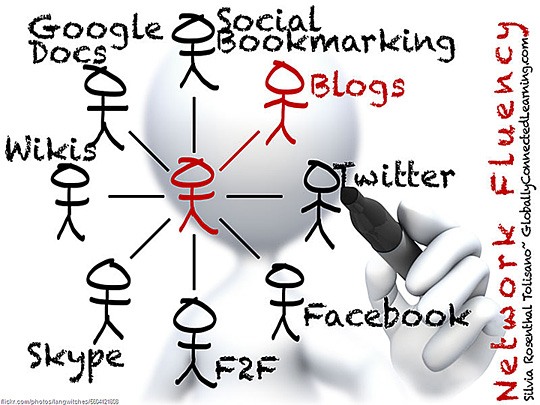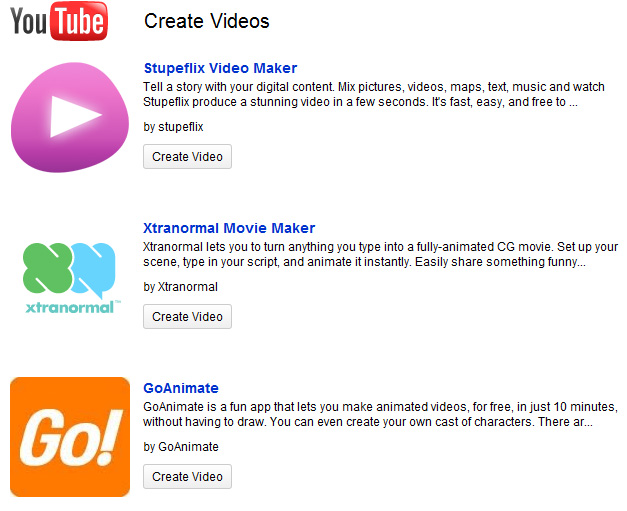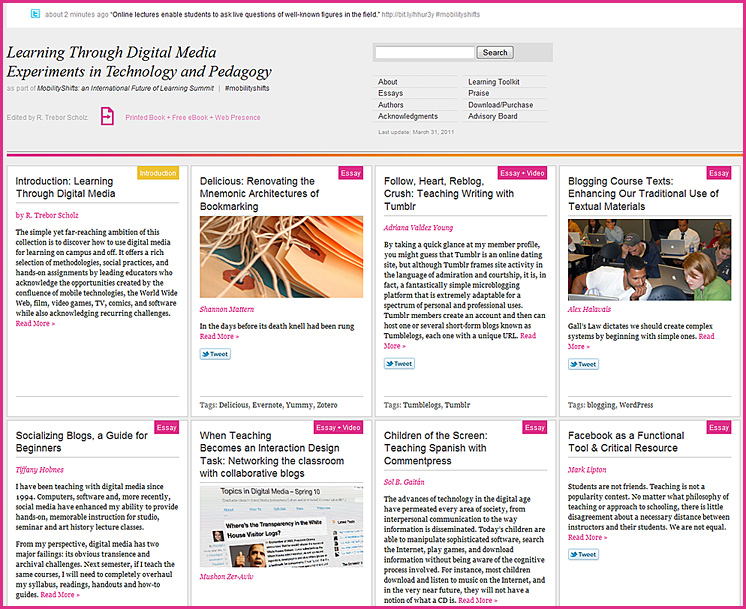Emantras releases Mobl21 HD for iPad
Mobl21 is an award-winning, mobile learning application that supports a dynamic, unstructured way of learning. Using Mobl21, educators can develop content that learners can access from their mobile devices, allowing them to study at their own pace and therefore, perform better.
Mobl21 gives students instant access to valuable learning material, anywhere, anytime. As a result, students can now make use of those idle minutes between classes, or commuting, to glance through notes or review material before the next class.
Mobl21 also helps educators easily create learning material, and publish to multiple users or groups. Additional tool features enable educators to track and monitor content access and view test performances.









